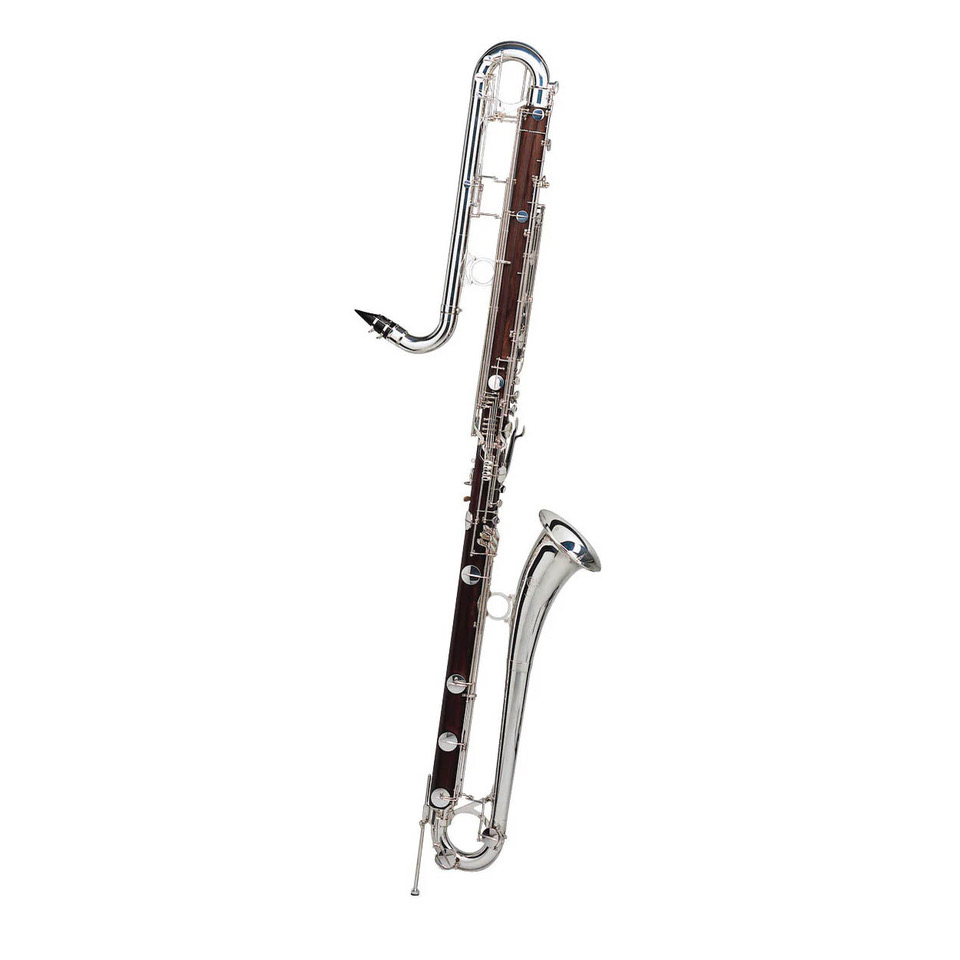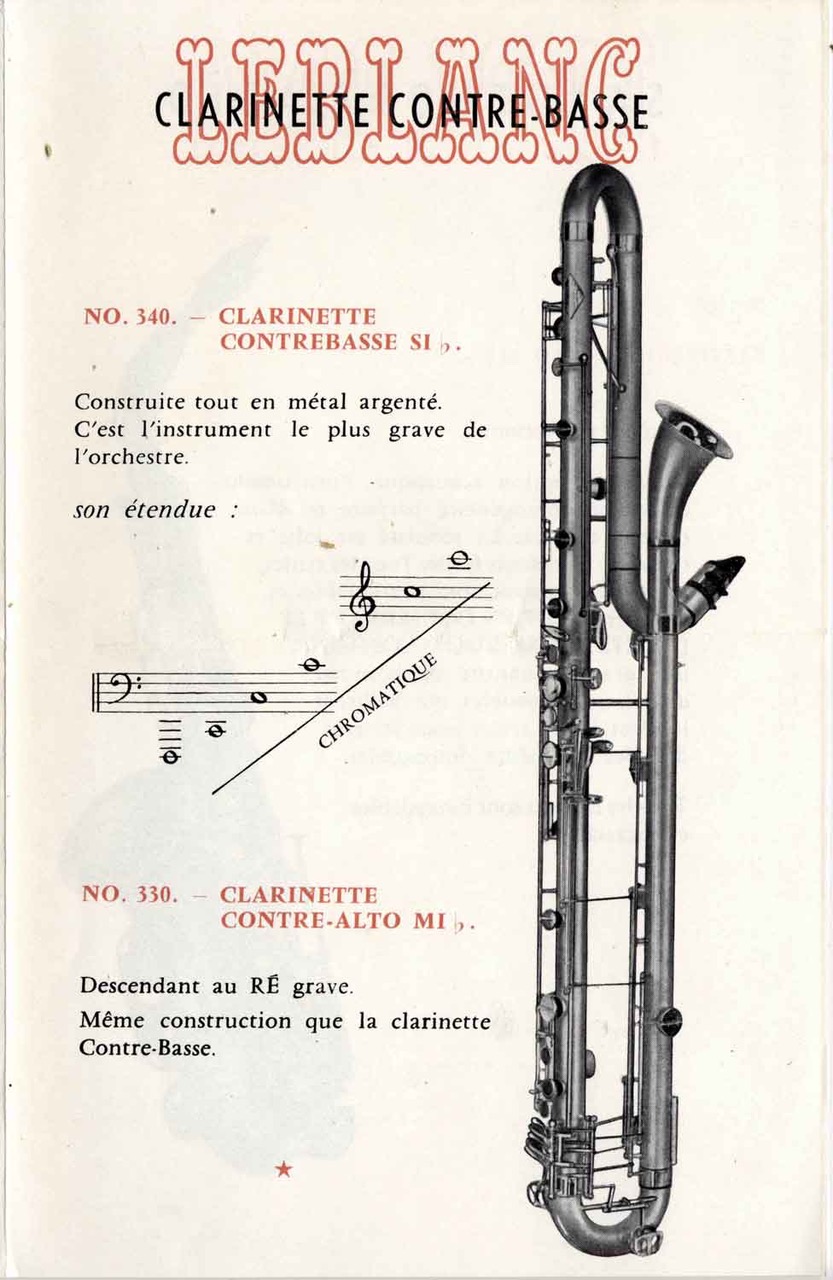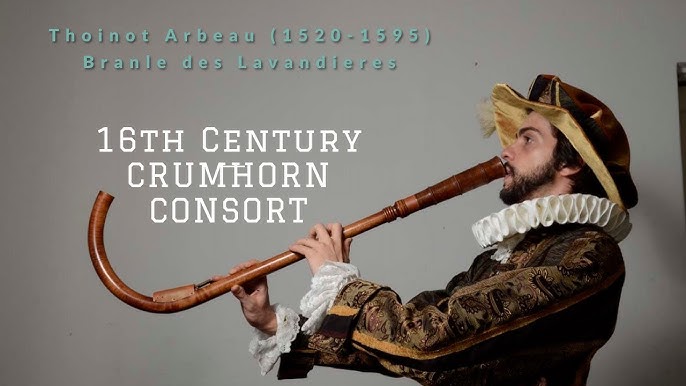Tuesday 10th October
David Calow
"Sousato to Sousa!" - A History of the Wind Band
Music Director and conductor of the Bardi Wind Orchestra David Calow looks into the development, instruments, repertoire and arrangements of the wind band from the renaissance town band to the full symphonic wind orchestra of the 20th century.
David Calow was born and educated in Leicestershire, receiving his early musical training from the Leicestershire School of Music. He played flute and piccolo in the National Youth Wind Orchestra from 1978–84 under the baton of Harry Legge, a renowned expert on the symphonic band repertoire. David is now Creative Director of Calow Creative design and illustration studio in Leicester. On returning to Leicester after college, David founded the wind ensemble Musicamici, which he has conducted for 30 years.
David now divides his musical life between conducting, teaching the flute and playing flute and piccolo with the Bardi Symphony Orchestra.
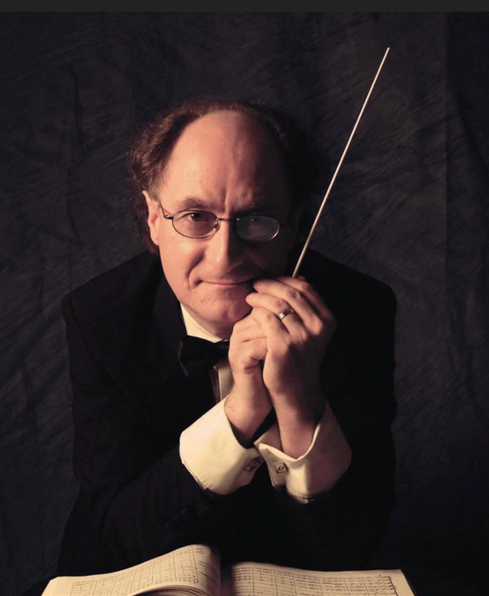
Appreciation by David Fisher
David Calow is a prominent and distinguished figure in Leicestershire’s musical world and beyond. Our season started—and what a start it was—with David’s expert overview of wind bands, all the way from medieval town bands to the modern wind band exemplified by his own Bardi Wind Orchestra.
Every aspect of the historical development of wind groups over the centuries was covered, referring to composers and musical periods which, coupled with improvements in instrument technology, allowed for the development of wind groups in instrument range and the increasing size of the bands. It really helped that David and his twin Robert (who, fortunately for the Society, alternate in giving us presentations) and their willing spouses brought in about fifteen instruments, some very historic, to show us how they developed. Every instrument displayed was discussed, and that included an introduction to the saxophone, which has added so much to the sound of the modern wind band. David explained how wind bands/orchestras achieved particular prominence in American High Schools, which have for a long time led the educational world in the genre.
Music extracts began with Susato’s Danserie from the Renaissance and passed through many rare and remarkable pieces by both famous composers and others less known: Handel in late Baroque, Mozart and Haydn in the Classical period, Beethoven, Mendelssohn and Berlioz as early Romantics through to Florent Schmitt, Holst, Vaughan Williams, Grainger, Milhaud, Ives, Hindemith, Schoenberg, Vittorio Giannini and Nigel Hess. All the meticulously chosen recorded examples demonstrated that composers revel in scoring for wind orchestras, observing clear textures and timbres to make melodic lines worth playing in pursuit of perfection whilst using only wind and percussion. The full track list is below for you to find out which music was played.
With David’s intimate knowledge and experience of the music as a player and conductor, coupled with his informative and amusing delivery, it was clear that this was a talk which not only entertained but educated his audience in some rarely heard music. Those recordings featured exceptional players and skilled conductors including David’s own Bardi Wind Orchestra, which provided a fitting finale to LMS’ opening talk of the season.

Playlist
| Title | Composer | Artists | Conductor | Label |
|---|---|---|---|---|
| La Mourisque | Tylman Susato | Early Music Consort of London | David Munrow | EMI |
| Ronde/Salterello/Ronde | Susato | Early Music Consort of London | David Munrow | EMI |
| Basse Danse Bergeret | Susato | Early Music Consort of London | David Munrow | EMI |
| La Réjouissance: Music for the Royal Fireworks | Handel | The King’s Consort | Robert King | Hyperion |
| Gran Partita K361: Finale | Mozart | The Orchestra of the Age of Enlightenment | Anthony Halstead | BBC Music |
| Parade March in C “The Tattoo” | Beethoven | Berlin Philharmonic Winds | Hans Priem-Bergrath | Deutsche Grammophon |
| Overture in C for Wind Ensemble | Mendelssohn | London Symphony Winds | Claudio Abbado | DG |
| Symphonie Funèbre et Triomphale: III Apothéose | Berlioz | Musique des Gardiens de la Paix | Désiré Dondeyne | Calliope |
| US Band Marches | ||||
| Entry of the Gladiators | Fucik | Band of the Royal Swedish Airforce | Jerker Johansson | NAXOS Wind Band Classics |
| Old Comrades | Teike | " | " | " |
| Colonel Bogey | Alford | " | " | " |
| Liberty Bell | J P Sousa | " | " | " |
| Anchors Away | Zimmerman | " | " | " |
| UK Wind Band Classics | ||||
| Suite in Eb: I.Chaconne | Holst | Eastman Wind Ensemble | Frederick Fennell | Mercury Living Presence |
| Folk Song Suite: I. Seventeen Come Sunday | Vaughan Williams | " | " | " |
| Toccata Marziale | Vaughan Williams | " | " | " |
| Lincolnshire Posy: II. Horkstow Grange | Percy Grainger | " | " | " |
| VI. The Lost Lady Found | " | " | " | " |
| Classic 20th Century Band Works | ||||
| Dionysiaques | Florent Schmitt | RNCM Wind Ensemble | Tim Reynish | Chandos |
| Suite Francais: I.Normandie | Darius Milhaud | " | " | " |
| Country Band March | Charles Ives | " | " | " |
| Symphony in B♭ | Paul Hindemith | " | " | " |
| Theme and Variations | Arnold Schoenberg | " | " | " |
| Symphony No.3 | Vittorio Giannini | Eastman Wind Ensemble | A Clyde Roller | Mercury Living Presence |
| East Coast Pictures: III. New York | Nigel Hess | London Symphonic Wind Orchestra | Nigel Hess | Chandos |
| The Bardi Wind Orchestra | ||||
| Disney at the Movies Suite | arr. John Higgins | Bardi Wind Orchestra | David Calow | Hal Leonard publishers |
| Out of Africa | John Barry | Bardi Wind Orchestra | David Calow | |
| The Blue and the Gray, Civil War Suite | arr. Clare Grundman | Bardi Wind Orchestra | David Calow | Boosey & Hawkes publishers |
A Memorable Occasion

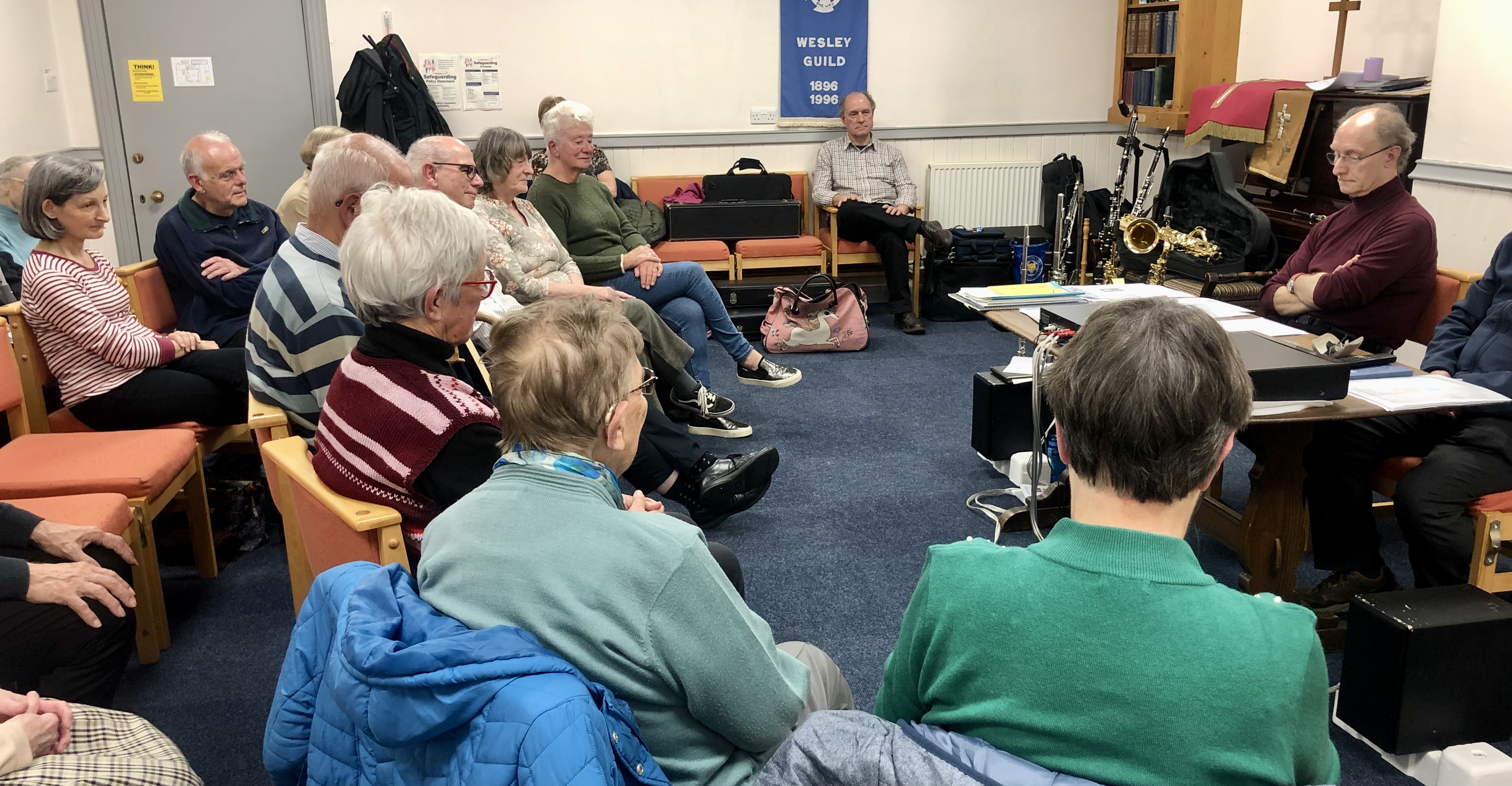
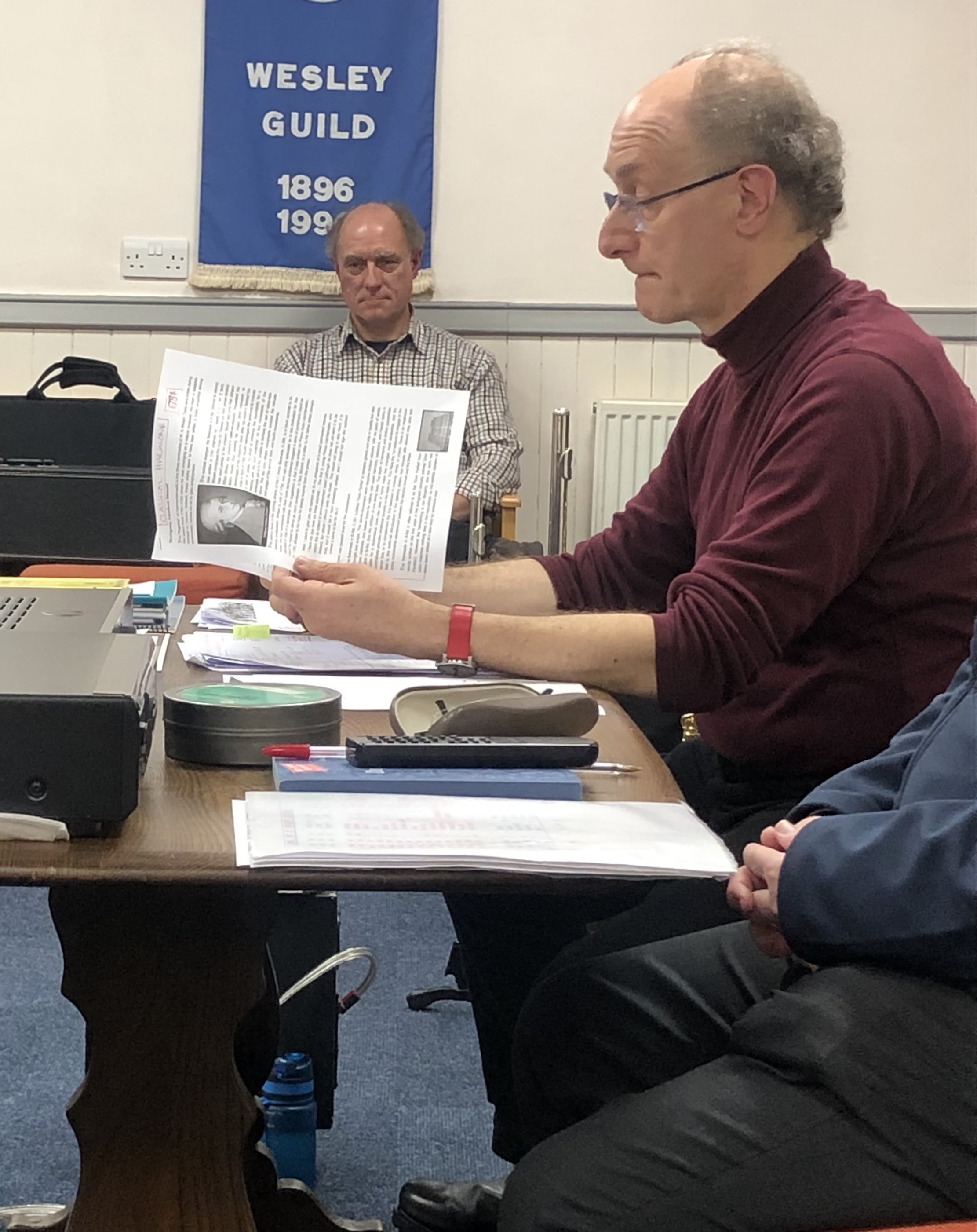
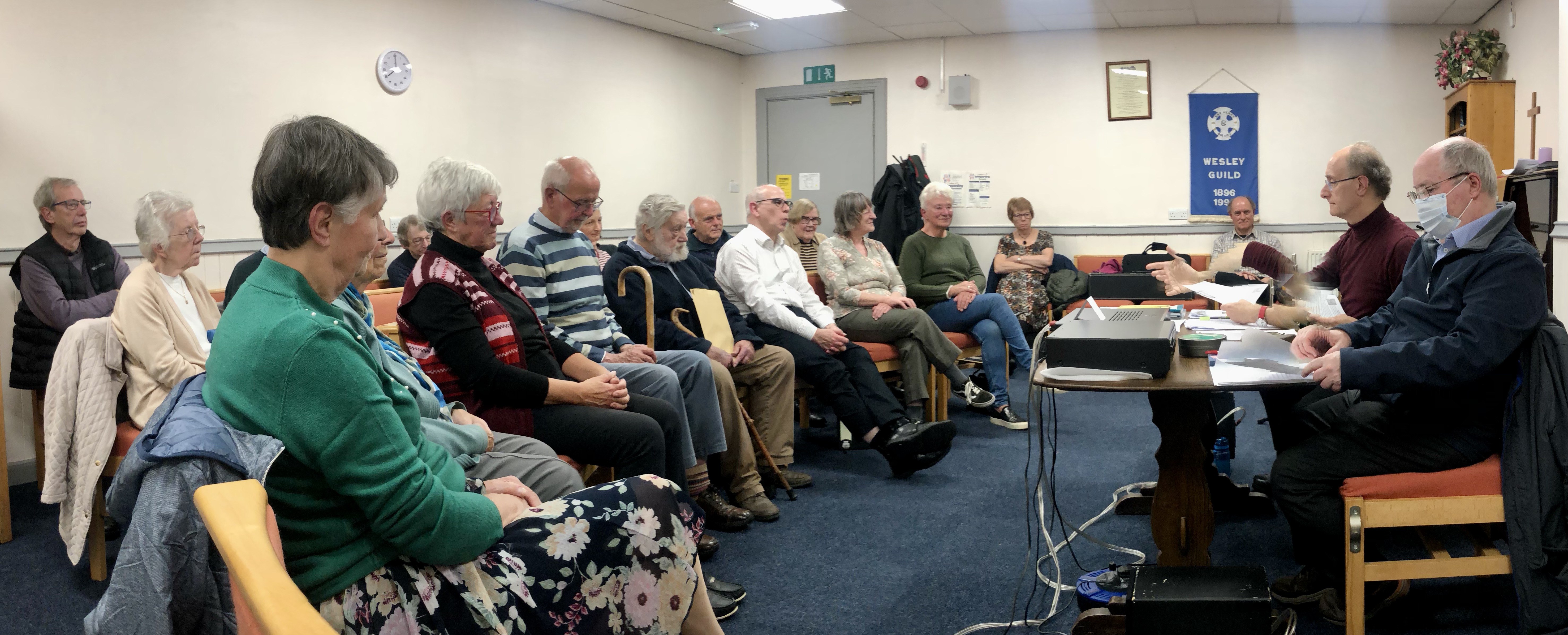
Name that strange instrument!
